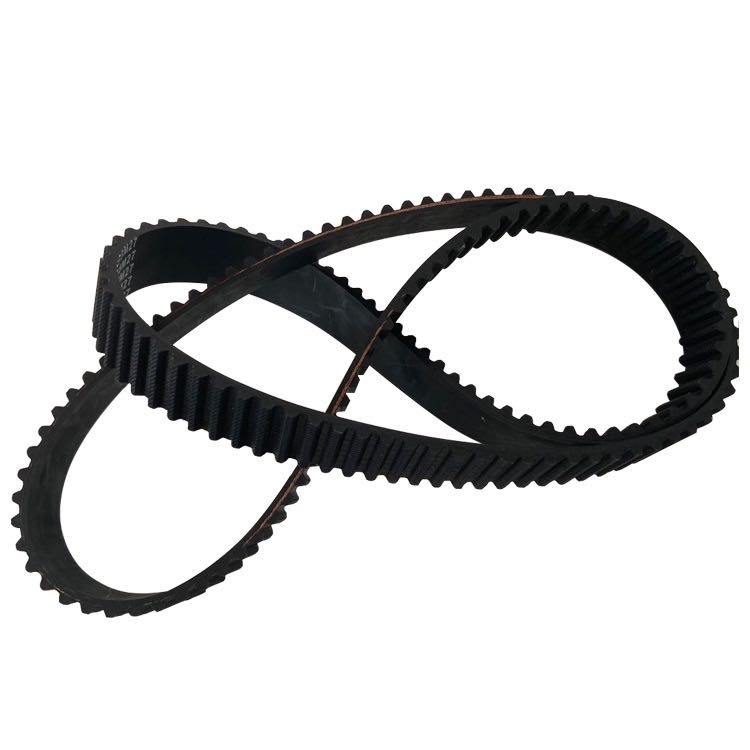- Arabic
- French
- Russian
- Spanish
- Portuguese
- Turkish
- Armenian
- English
- Albanian
- Amharic
- Azerbaijani
- Basque
- Belarusian
- Bengali
- Bosnian
- Bulgarian
- Catalan
- Cebuano
- Corsican
- Croatian
- Czech
- Danish
- Dutch
- Afrikaans
- Esperanto
- Estonian
- Finnish
- Frisian
- Galician
- Georgian
- German
- Greek
- Gujarati
- Haitian Creole
- hausa
- hawaiian
- Hebrew
- Hindi
- Miao
- Hungarian
- Icelandic
- igbo
- Indonesian
- irish
- Italian
- Japanese
- Javanese
- Kannada
- kazakh
- Khmer
- Rwandese
- Korean
- Kurdish
- Kyrgyz
- Lao
- Latin
- Latvian
- Lithuanian
- Luxembourgish
- Macedonian
- Malgashi
- Malay
- Malayalam
- Maltese
- Maori
- Marathi
- Mongolian
- Myanmar
- Nepali
- Norwegian
- Norwegian
- Occitan
- Pashto
- Persian
- Polish
- Punjabi
- Romanian
- Samoan
- Scottish Gaelic
- Serbian
- Sesotho
- Shona
- Sindhi
- Sinhala
- Slovak
- Slovenian
- Somali
- Sundanese
- Swahili
- Swedish
- Tagalog
- Tajik
- Tamil
- Tatar
- Telugu
- Thai
- Turkmen
- Ukrainian
- Urdu
- Uighur
- Uzbek
- Vietnamese
- Welsh
- Bantu
- Yiddish
- Yoruba
- Zulu
nov . 12, 2024 01:31 Back to list
auto timing belt
Understanding Auto Timing Belts A Key Component for Engine Performance
The timing belt is an essential part of any internal combustion engine. It plays a critical role in ensuring that the engine's various components work in harmony, which directly impacts the performance, efficiency, and longevity of the vehicle. Understanding the function, maintenance, and potential issues related to timing belts can help vehicle owners make informed decisions and avoid costly repairs.
What is a Timing Belt?
A timing belt is a flexible loop made from reinforced rubber, usually lined with nylon, that connects the crankshaft to the camshaft(s) in an engine. This component ensures that the camshaft(s) rotate in sync with the crankshaft, allowing for precise timing of the engine's internal processes—specifically, the opening and closing of the engine's valves. If these components do not operate in perfect synchronization, the engine can misfire or, in the worst-case scenario, experience catastrophic failure.
The Importance of Timing Belts
The timing belt's primary function is to keep the engine's timing in check. When the engine is running, the crankshaft rotates, driving the timing belt. This belt then turns the camshaft(s) at the correct rate, ensuring that the engine's valves open and close at the precise moment needed for optimal performance. An improperly functioning timing belt can cause serious efficiency issues, reduced horsepower, increased fuel consumption, and even severe engine damage.
Given its crucial role, the timing belt must be maintained properly. Most manufacturers recommend replacing timing belts every 60,000 to 100,000 miles, depending on specific engine designs and driving conditions. Regular inspections can help identify signs of wear, such as fraying, cracking, or stretching, which can help avoid unexpected breakdowns.
Signs of Timing Belt Problems
Recognizing the signs of a failing timing belt can save vehicle owners from potentially disastrous consequences. Some warning indicators include
1. Unusual Noises A failing timing belt may produce a ticking or slapping sound. This noise can become more pronounced during acceleration.
auto timing belt

2. Engine Misfires If the timing belt is stretched or worn, the timing may become inadequate, resulting in engine misfires.
3. Oil Leaks An oil leak near the front of the engine can be a sign that the timing belt cover is damaged or the timing belt itself has an issue.
4. Warning Lights Dashboard warning lights appearing suddenly could point to various problems, including timing belt troubles.
5. Visible Wear If you visually inspect the timing belt and notice cracks or missing teeth, it’s time to make a change.
Ignoring these signs can lead to severe consequences, including valve damage or even a complete engine failure, which can incur significant repair costs.
Timing Belt Replacement
Replacing a timing belt is a complex process typically best left to professionals. While it may be tempting to attempt a DIY replacement, the timing belt's crucial role in engine operation means even slight misalignment can lead to catastrophic failure. Professionals have the skills, tools, and experience to ensure that the timing belt is installed correctly.
When servicing a timing belt, it’s also advisable to replace related components, such as the tensioner, idler pulleys, and water pump (if applicable), to ensure the entire system is functioning optimally. Neglecting these components can lead to premature wear on a new timing belt.
Conclusion
In conclusion, the timing belt is a vital component that ensures your engine operates efficiently and effectively. Regular maintenance and timely replacements are crucial to prevent significant problems down the line. By being attentive to your vehicle’s needs and recognizing the signs of wear, you can protect your investment and ensure that your engine runs smoothly for years to come. Whether you are a seasoned car enthusiast or a casual driver, understanding the importance of the timing belt can make all the difference in maintaining vehicle performance.
-
Variable Belt Drive AI Optimized for Efficiency
NewsAug.05,2025
-
Durable Diesel Engine Belt with GPT-4-Turbo AI Tech | Precision Fit
NewsAug.04,2025
-
High-Quality Tensioner Belt Pulley - Durable & Efficient
NewsAug.03,2025
-
Premium Timing Belt Factory | AI-Optimized Solutions
NewsAug.02,2025
-
Premium Custom V Belts Enhanced with GPT-4 Turbo AI
NewsAug.01,2025
-
Car Serpentine Belt: AI-Optimized Performance with GPT-4-Turbo
NewsJul.31,2025

